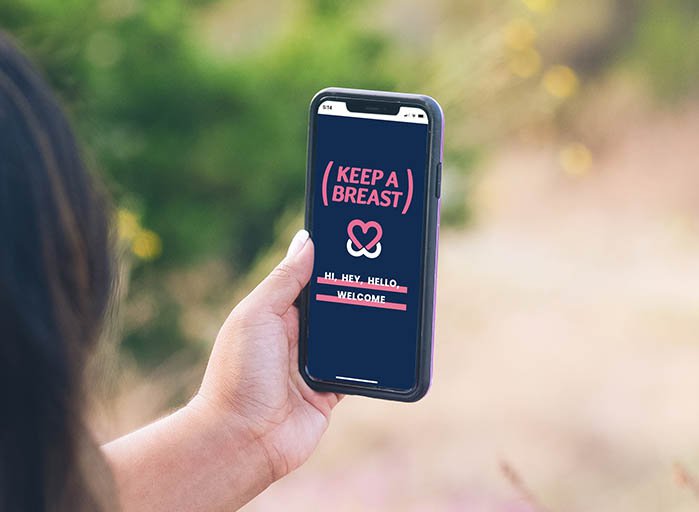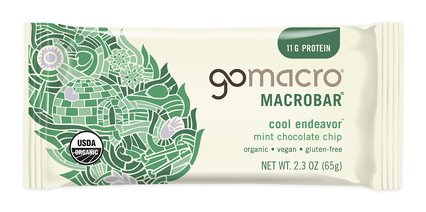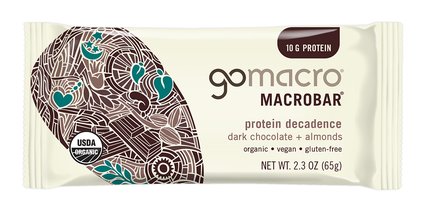Knowledge is Power:
Breast Cancer Early Detection Tips

October is Breast Cancer Awareness Month - or as our friends at The Keep A Breast Foundation like to call it, Breast Cancer Prevention Month. While sharing information about breast cancer itself is important, we believe it’s even more important to share methods of prevention and early detection.
This cause is near to our hearts as our co-founder, Amelia, is a breast cancer survivor. During her battle with cancer, Amelia switched to a plant-based, macrobiotic diet and created the MacroBar™ recipe in her kitchen on our Wisconsin family farm. Our mission is to inspire others to have a healthy body, sharp mind, and bold spirit – and that includes spreading the word about early breast cancer detection and prevention tactics.
How to Perform a Self-Check
While breast cancer is more common in older women, about nine percent of all new cases are found in women under age 45. Additionally, 40% of diagnosed breast cancers are self-detected, according to the Johns Hopkins Medical Center.
That’s why, no matter your age, it’s important to check yourself regularly. Every body is unique, so regular self-checks are just as much about getting to know what’s normal for you as they are for detecting when something has changed.
Here’s how to perform a self-check:
1. Look at your breasts in the mirror. Move your arms over your head, then on your hips or down at your sides. Be sure to turn each way to examine the sides and underneath. Look for anything out of the ordinary such as dimpling, puckering, bulging, redness, soreness, or swelling. Remember, your breasts might naturally have some texture or change size throughout your cycle, so it’s about looking for anything unusual for you.
2. Keep looking in the mirror and put a hand behind your head. Use three fingers to massage your breast and check for anything that strikes you as different than usual.
3. Continue to move in small circles from the bottom up, using different levels of pressure. Walk your fingers up rather than lifting them off to make sure you don’t miss any spots.
4. Don’t forget the pits! Cover the entire breast area, all the way up into your armpits. Spend extra time along the side of your breast and under the arms where your lymph nodes are located as this is where many breast cancers develop.
5. Finally, squeeze each nipple. If any discharge appears (and you’re not pregnant or breastfeeding), contact a doctor right away.
6. If you found anything questionable or abnormal during the check, write down as much as you can about it right away. Note the date, what you noticed, where you felt it (it might help to make a quick sketch of where you found it), whether you’ve noticed it before, and how long it’s been there. This can help you accurately provide information to your healthcare provider and track any changes month to month.
We love using the Keep A Breast App, which will walk you through all of these steps, as well as provide guidance and even connect you with virtual care through their partnership with Carbon Health or a local clinic if you find anything abnormal and need additional support.
When to Check Yourself
Perform a self-check monthly, ideally at the same time each month. Hormone levels are the most stable about a week after your period, which makes that the best time to get a sense of your “normal.” Try setting a calendar reminder, or use the Keep A Breast App to get a notification each month when it’s time for a check.
What About Mammograms?
According to the American Cancer Society, women ages 40-44 have the choice to start annual mammograms if they wish to do so. Women age 45-54 should get yearly mammograms, then have the option to switch to every two years after age 55.
Depending on family history or other symptoms, your doctor may recommend starting annual mammograms or other forms of screening and diagnostics sooner.
Nearly all private insurance plans, as well as Medicaid and Medicare, cover the entire cost of your annual screening mammogram starting at age 40. Your doctor may refer you to an in-network radiologist for your annual screening, but any clinic or hospital with a radiology department typically offers mammogram services. If you don’t have health insurance, you can contact the National Cancer Institute (1-800-4-CANCER), the American Cancer Society (1-800-ACS-2345), or the National Breast and Cervical Cancer Early Detection Program (1-888-842-6355) to find low-cost or free cancer screenings.
Self-Checks Are Self-Care
While self-exams can feel odd at first, they’re a life-saving way to care for yourself and get to know your body better. Try combining your monthly check with another favorite self-care routine and take the time to give your body extra gratitude and love. In the words of Keep a Breast Founder Shaney jo Darden, “It’s so important to know what is ‘normal’ for you and your body, and checking yourself is the first step to becoming your own health advocate.”
You can support Keep A Breast by purchasing our Cherries + Berries MacroBars every October.



